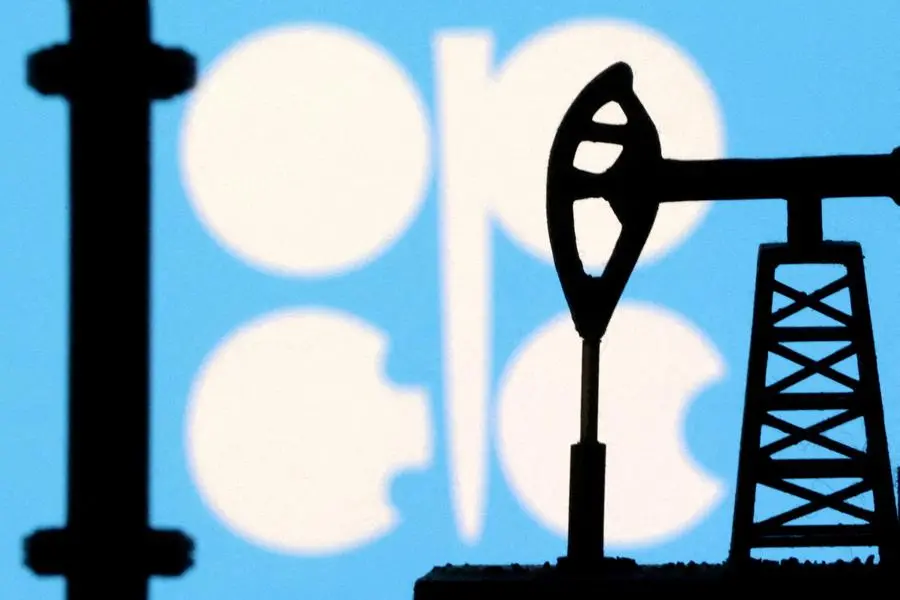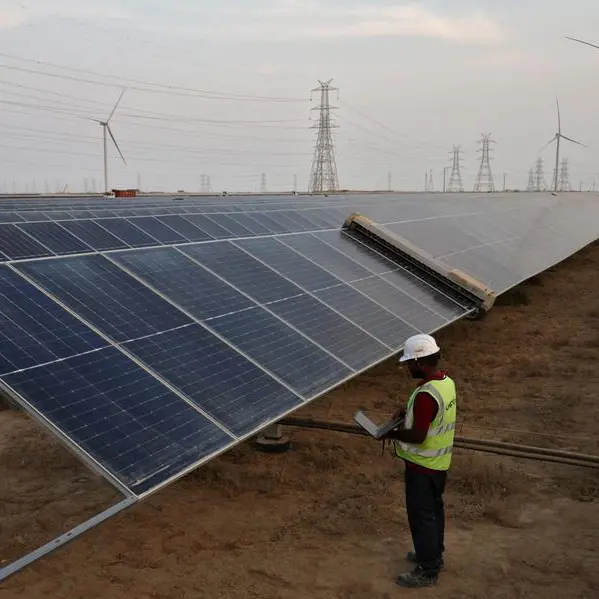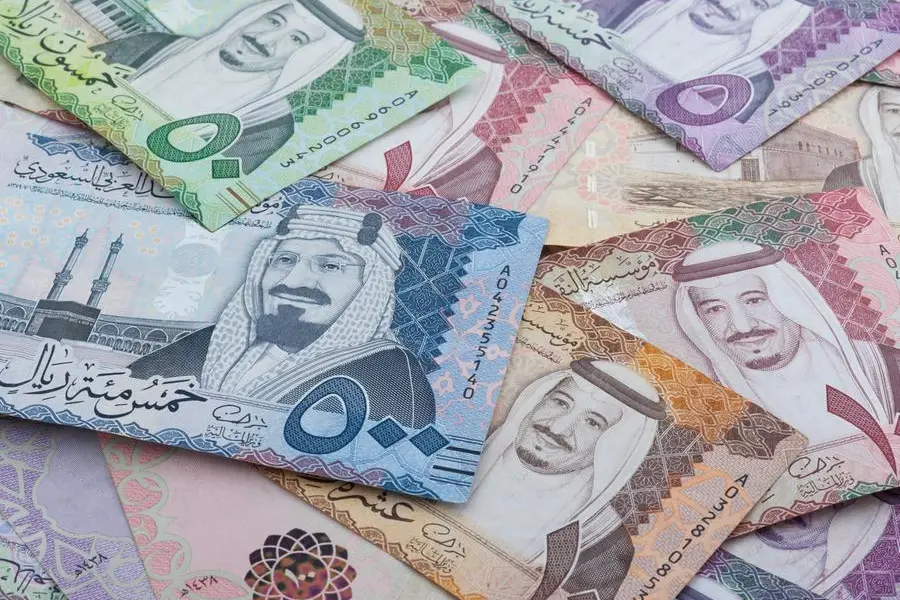PHOTO
(The opinions expressed here are those of the author, a columnist for Reuters.)
LAUNCESTON, Australia - OPEC's modest cut to its global crude oil demand forecast for 2024 still leaves the producer group with an estimate that will require an extraordinarily strong fourth quarter.
The Organization of the Petroleum Exporting Countries (OPEC) lowered its forecast for demand growth this year to 2.11 million barrels per day (bpd) in its monthly market report released on Monday.
This was down 140,000 bpd from its previous estimate, and OPEC referred to "softening expectations for China's oil demand growth in 2024."
But the detail of OPEC's latest forecast still shows that it expects China's demand growth to be far stronger for the whole of 2024 than it has been so far this year.
OPEC expects China's oil demand will rise by 700,000 bpd in 2024, which means that the world's largest crude importer will account for one-third of the global increase.
The August forecast for China's demand growth is just 60,000 bpd below OPEC's previous estimate.
This is a relatively small adjustment and means that if OPEC is to be proved correct, China's demand will have to rise sharply in coming months.
This is because China's imports of crude oil have been weaker over the first seven months of the year.
Official data released last week showed crude oil imports dropped to 9.97 million bpd in July, the lowest on a daily basis since September 2022, and down from June's 11.3 million bpd.
For the first seven months of the year crude imports were 10.90 million bpd, down 2.9% from the 11.22 million bpd over the same period in 2023.
This means that China's oil imports are about 320,000 bpd lower in the first seven months of 2024 compared with the same period last year.
It's hard to reconcile the drop in oil imports with OPEC's still relatively bullish forecast for China's 2024 oil demand growth.
Of course, imports aren't the only factor in total demand, the others including domestic oil production, movements in inventories and net exports of refined fuels.
But imports form the major part of China's total demand and it will be their performance that determines whether OPEC's forecast can be met.
China doesn't disclose movements in crude oil and product inventories, but an estimate can be made by subtracting the volume of crude processed from the total oil available to refineries from imports and domestic output.
On this basis China has added about 900,000 bpd to inventories in the first half of this year, which means it isn't drawing on them to meet demand growth.
Domestic oil production was 4.39 million bpd in the first six months of 2024, up 1.9% or about 150,000 bpd from the same period last year.
However, the increase in domestic oil output will exacerbate the supply-demand imbalance stemming from the softness in China's crude sector.
CHINA RECOVERY?
The question is whether a recovery for the remainder of the year is likely.
China's economy is still not firing on all cylinders, with the key construction sector struggling, manufacturing indexes showing contraction and retail sales growth easing.
While the fourth quarter may finally see some economic acceleration on the back of Beijing's stimulus efforts, it's unlikely to be enough to boost oil demand to the level of OPEC's expectations.
If OPEC's modest cut to its global demand forecast for 2024 isn't enough, it becomes more likely it and its allies in the wider OPEC+ group will defer their plans to wind back some of their output cuts from October onwards.
OPEC+ last month confirmed a plan to start unwinding the most recent layer of output cuts of 2.2 million bpd from October, but also emphasised that this process may be paused or reversed if needed.
Unless China's oil demand does surprise to the upside in coming months, it's likely that OPEC+ will decide to exercise its caveat on the planned increase in production from October.
The opinions expressed here are those of the author, a columnist for Reuters.
(Editing by Christian Schmollinger)























